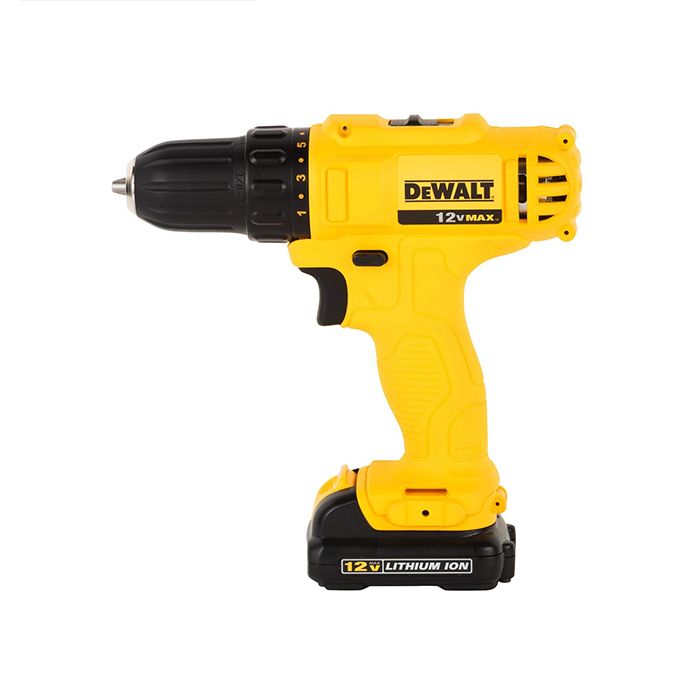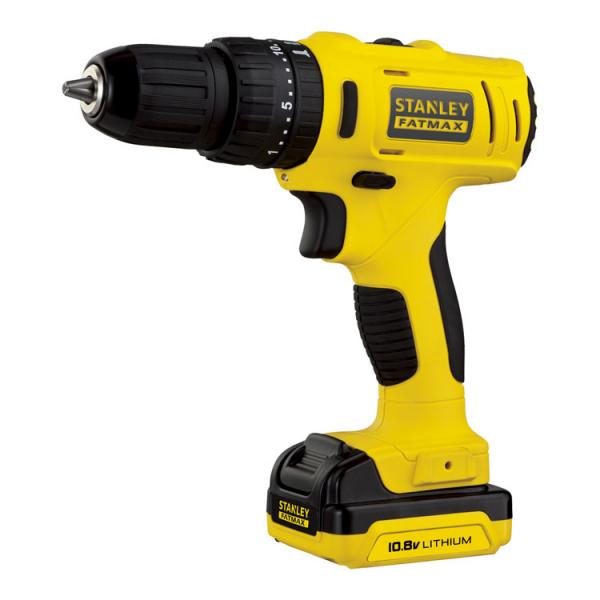
Assessing Your Workshop’s Electrical Needs for Power Tools
Identifying Amperage Requirements of Power Tools
Knowing the amperage each power tool uses is key to a safe and efficient workshop. Amps tell you how much electricity a tool needs. How many amps does a typical power tool use? You’ll find this info on the tool’s nameplate. Here’s a quick guide to understand amperage needs:
- Small Tools: Things like sanders and jigsaws range from 2 to 8 amps.
- Bigger Tools: Tools like saws and lathes often need 6 to 16 amps.
- Large Machines: Items like dust collectors may require over 20 amps.
Check tools for a 240-volt option. This can lower the amps they use. Remember to plan not just for now, but also for any future tools.
Always check the tool’s manual to make sure you get accurate amperage details. If you’re unsure, it’s best to ask an electrician. They can help make sure your shop’s electricity can handle your tools safely.

Sizing Your Subpanel and Circuits for Maximum Efficiency
Selecting the right subpanel and circuits for your workshop is crucial. You need to guarantee they can manage the combined amperage of your power tools. Here is how to do it efficiently:
- Calculate Total Amperage: Start by adding up the amps every tool requires. Find these figures on the tool’s nameplate.
- Subpanel Capacity: Choose a subpanel that can handle more than your total amperage. Aim for one that won’t exceed 80% of its max load for safe operation. For 40 amps you need, pick a 50-amp subpanel.
- Circuit Breaker Selection: Pick a circuit breaker that can handle your load safely. If you need 48 amps, use a 50-amp breaker.
- Proper Wiring: Get the right wire gauge for the current your subpanel carries. For a 60-amp subpanel, 6 gauge wire is a proper fit.
Before starting, talk to a licensed electrician. They can make sure your setup does meet the regulations and codes. A wrong sized subpanel or circuit can be unsafe and damage your power tools. Accuracy in this step ensures both your safety and that your tools will run reliably.
Evaluating Household Electrical Capacity for Power Tool Use
How many amps does a typical power tool use?To ensure your home’s electrical system is up to the task of running power tools, consider these steps:
- Analyze Tool Amperage: Start by noting the amp draw listed on each power tool’s nameplate. Small tools may need 2-8 amps, while large ones could require 6-16 amps.
- Inspect Your Electrical Panel: Household panels offer between 100-200 amps. The total draw of all devices should stay below 80% of the panel’s capacity to avoid overloading.
- Calculate Safe Load Limit: For a 100-amp panel, aim for a maximum of 80 amps in use to maintain efficiency and safety.
- Assess Cumulative Demand: Add up the amperage draw of your tools and other household appliances to make sure they don’t exceed the safe load limit.
Before making any decisions, it’s a good idea to consult with an electrician, particularly if you anticipate that your tool use might approach the panel’s maximum capacity. An expert can offer advice specific to your workshop and household setup, ensuring not only efficiency but also your safety. Avoiding unnecessary stress on your electrical system will also help in keeping your energy bills in check.

Strategies for Reducing Power Consumption with Power Tools
Saving electricity with power tools is smart and efficient. Here are strategies to cut power use:
- Go Cordless Where Possible: Choose tools with lithium-ion batteries. They last longer and save energy.
- Keep Tools Maintained: Clean and well-lubricated tools use less power.
- Pick the Right Tool Size: Using a tool too small or too big for the job can waste power.
- Use Correct Speeds: Running tools at proper speeds prevents wasted electricity.
- Care for Batteries and Chargers: Modern chargers prevent overcharging. Unplug them when not needed.
- Plan Work Smartly: Turning off tools between uses cuts idle power drain.
By following these steps, you ensure efficient use. Less power waste means lower bills. Plus, it’s better for your tools’ lifespan.
Benefits of Upgrading to 240 Volts for Tool Performance
Upgrading your workshop to 240 volts can offer key benefits for using your power tools.How many amps does a typical power tool use? Here’s why considering this change could be worth it:
- Increased Efficiency: Tools running on 240 volts draw less current than those on 120 volts. This can mean your tools run more efficiently.
- Improved Tool Performance: Higher voltage often translates to better tool performance. This might be especially noticeable in power-hungry tools like table saws.
- Safety Advantages: With 240 volts, your electrical system can experience less strain. This is because tools use power more effectively at higher voltages.
- Electrical Load Management: Using 240 volts could reduce the number of circuits you need. It helps balance the electrical load more smoothly across your system.
Before you decide to upgrade, remember to check your power tools. Not all tools can handle 240 volts. Always get a professional to make sure the upgrade is safe and up to code. This can help you avoid electrical issues and keep your workshop running well. An upgrade to 240 volts might call for new wiring. So it’s important to plan for these costs and get expert advice.
In the end, upgrading can be a smart move for many workshops. It can give your tools the boost they need and might even help your electrical system last longer.

Frequently Asked Questions About Power Tool Amperage
When it comes to power tools, understandings amps is essential. Here are common questions answered simply:
- How many amps do typical power tools use? Small tools like sanders may use 2-8 amps. Larger ones like saws can need 6-16 amps. Each tool is different, so check the nameplate.
- What’s the difference in amperage for corded and cordless tools? Corded tools draw power from an outlet. Their amperage shows maximum current at full load. Cordless tools run on batteries with volts and amp-hours showing their power and run time.
- Do power tools need more amps to work better? Not always. Tools need the right amount of amps to work well. Using more amps than needed doesn’t improve performance. It’s all about the right fit for the job.
- Can using a power tool with higher amps be dangerous? Yes, if not used correctly. Always have a circuit breaker that matches the tool’s amp needs. It prevents overheating and electric shocks.
- Are power tools with higher amp ratings better? Not necessarily. High amps usually mean more power for tough jobs. For small jobs, lower amps can be better. They still do great work and can be safer.
Understanding amperage helps keep you safe and your tools running right. Always check tools’ amp ratings before use. If unsure, it’s smart to ask a pro. They can help make sure you have the power needed for safe, effective work.
Safety Considerations for High Amperage Power Tools
How many amps does a typical power tool use?When working with high amperage power tools, safety must be your top priority. These tools can be more powerful and thus potentially more hazardous. Here’s what you need to consider to stay safe:
- Understand Tool Requirements: Before using any power tool, check its amp rating. Make sure your workshop’s electrical system can handle it safely.
- Use Appropriate Circuit Breakers: Always match your tool’s amperage with the correct circuit breaker. This prevents electrical overloads and potential fires.
- Wear Protective Gear: Protect yourself with safety glasses, gloves, and ear protection. High-powered tools can cause flying debris or loud noises.
- Regular Maintenance: Keep your tools in top condition. Check for frayed wires and loose parts regularly to avoid accidents.
- Avoid Overloading Outlets: Don’t plug too many tools into one outlet or power strip. This can cause overheating and electrical shorts.
- Proper Training: Ensure you understand how to operate high amperage tools. Read manuals, watch tutorials, or take classes if needed.
It’s essential to respect the power of high amperage tools and take appropriate precautions. Being mindful of these safety tips helps prevent injuries and keeps your workshop running smoothly.

Understanding the Importance of Amp Ratings on Power Tools
The amp rating on any power tool is crucial. It’s the max current the tool can safely handle. Know this before using the tool to prevent electrical problems. Here’s why amp ratings matter:
- Power Demand: The amp rating shows how much power a tool demands when working hard. This guides you in choosing the right tool for a job.
- Safety: A correct amp rating ensures that the electrical load is safe. This reduces the risk of overloading circuits and causing a fire.
- Performance: Tools built for higher amps perform tough tasks better. Use the right amp tool for more efficiency.
- Compatibility: Check the amp rating to see if a tool works with your workshop’s power. This stops you from picking a tool your system can’t support.
- Longevity: Using a tool within its amp rating keeps it running well longer. It means less wear on the tool’s components.
In sum, the amp rating on power tools tells you what to expect and how to use it safely. Always refer to the tool’s manual or nameplate for exact amp needs. Tools with higher amp ratings might need more safety steps. Always make sure your workspace can power these tools without risk. If you’re not sure, talking to an electrician is wise. They’ll know if your power system is a good match for the tools you plan to use. This step is key to a safe and well-run workshop.

